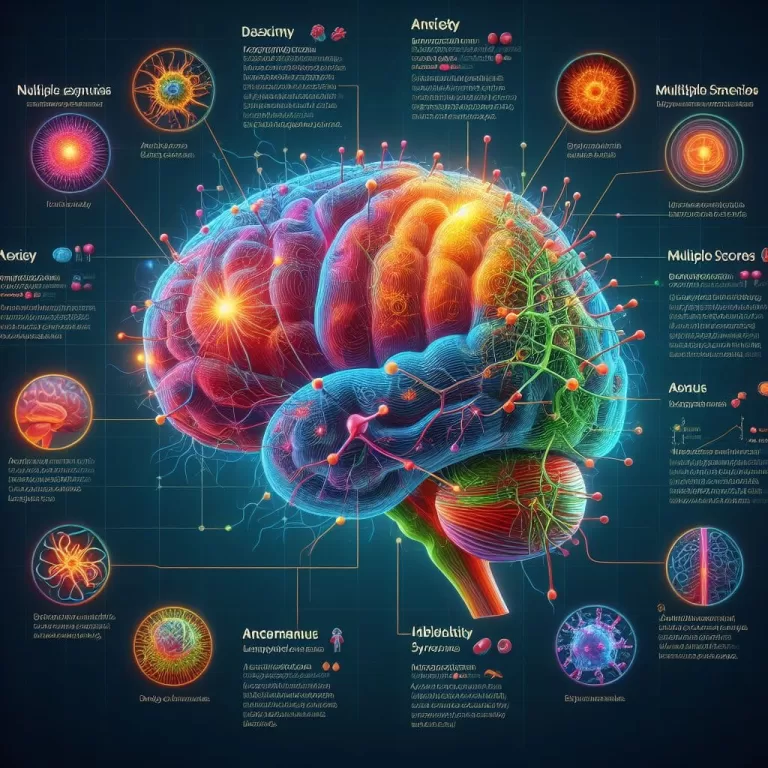Anxiety disorders
**Summary: Anxiety Disorders**
**What are Anxiety Disorders?**
Anxiety disorders are a group of mental health conditions characterized by excessive fear, worry, and nervousness. Individuals with anxiety disorders may experience panic attacks, phobias, and other disabling symptoms that significantly interfere with daily life.
**Types of Anxiety Disorders:**
* **Generalized Anxiety Disorder (GAD):** Ongoing, excessive worry that is difficult to control.
* **Panic Disorder:** Sudden and unexpected panic attacks that trigger intense physical and mental symptoms.
* **Social Anxiety Disorder (SAD):** Extreme fear or anxiety in social situations.
* **Phobias:** Irrational and overwhelming fear of specific objects or situations.
* **Obsessive-Compulsive Disorder (OCD):** Persistent intrusive thoughts (obsessions) and repetitive behaviors (compulsions).
* **Post-Traumatic Stress Disorder (PTSD):** Extreme reactions to traumatic events.
**Symptoms of Anxiety Disorders:**
* Excessive worry
* Panic attacks
* Heart palpitations
* Shortness of breath
* Muscle tension
* Sweating
* Tremors
**Causes and Risk Factors:**
The exact causes of anxiety disorders are unknown, but several factors may contribute, including: genetics, brain chemistry, personality traits, life experiences, and environmental stressors.
**Diagnosis and Treatment:**
Diagnosis of anxiety disorders involves a thorough assessment by a healthcare professional. Treatment typically involves psychotherapy (e.g., cognitive behavioral therapy), medication (e.g., antidepressants, anti-anxiety medications), lifestyle changes (e.g., stress management techniques), and support groups.
**Impact and Prevalence:**
Anxiety disorders are common and can significantly impact daily life, affecting relationships, work, and overall well-being. They are estimated to affect up to 30% of the population worldwide.
Anxiety & Multiple Sclerosis: The Connection You Need to Know

Multiple sclerosis (MS) and anxiety often occur together. If you live with MS and anxiety, there may be ways you can reduce the impact of this challenging combination. MS is an autoimmune disease in which the immune system mistakenly targets…
